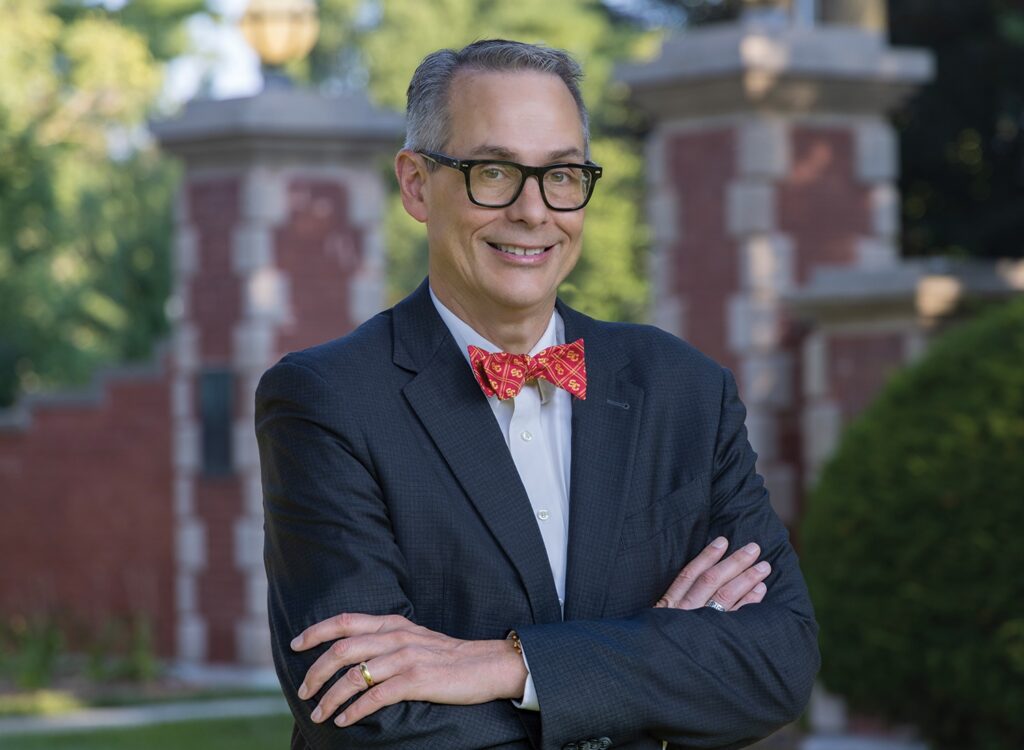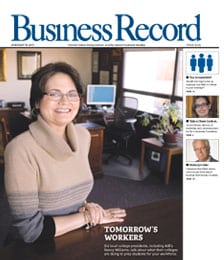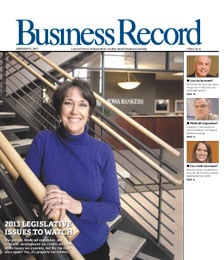Coaches encourage development through self-analysis

Though a kit that contains a lab coat, a pair of socks and a small wooden figurine may seem like an odd coaching tool, A Kick in the Pants founder Mitch Matthews says there is a method to his madness.
He believes his non-traditional approach to personal coaching will encourage people to coach someone else through their own problem, using the wooden figurine; become experts at their problem, by donning the lab coat; and inspire creativity, by working in their bare feet.
“One of the things we really wanted to do was to take what we do very seriously, but not take ourselves seriously,” said Matthews, who entered coaching after a career in corporate training. “You’re talking about change, and a lot of times that’s not the most comfortable thing to talk about. We also realize that, in order to break habits, it’s a lot easier to do that if they’re laughing and having fun.”
Matthews is one of a growing number of coaches worldwide who work one-on-one with clients to develop a well-planned approach to a situation, particularly in their careers, that often make them happier, more productive employees. Coaches, unlike consultants, serve as sounding boards for their clients as they analyze situations and develop a problem-solving approach.
“Coaching is really drawing the best out of an individual and helping them develop a plan,” he said.
As coaching, the fastest-growing consulting profession, continues to gain visibility, the difficulty lies in defining what coaching is and the results it produces, according to Pam Woods, founder of Smart WorkLife Solutions.
“A coach is someone different than a best friend or mentor,” she said. “A mentor will tell you how they did things, and with a friend, it’s sharing back and forth. But a coach is focused solely on you – what you want, what you need and what it is they can hear between the lines that they can ask you about. A coach doesn’t judge; they assess.”
Personal coaching clients foot the bill and work on their own agenda, which often contain a variety of work-related and personal issues. But executive coaches, such as Dianna Anderson, are hired and paid by companies to work with employees with the expectation that their coaching will benefit the company.
“Often it’s because they have an executive who is technically very talented, but either has some rough edges or is having difficulty interacting with others,” said Anderson, who founded Lydian LLC. “It may also be a high-potential person, and sometimes it may be that people are taking on new roles that are going to demand that they tap into some new skills or capabilities.”
As they approach these often complex problems, such as job dissatisfaction, career changes or communication issues, all three coaches believe their life and career experiences benefit their clients.
Woods had spent more than 20 years with a financial services company, and had “reached the top of the mountain,” when she decided to enter Coach U, which provides training and certification to people worldwide, and start her one-person coaching business, which specializes in personal effectiveness and organization.
“I understand as a wife and mother what it means to balance work and home,” she said. “There are so many demands on people today that it’s hard for people to pull it together and have guilt-free time.”
Anderson made her way into coaching in the early 1990s, when the profession first began to emerge, which she said was a natural transition from her career as a strategic-change management consultant. She was one of the first graduates from Coach U and continued her work in Greater Des Moines after she left Houston five years ago, with a coaching model that encourages clients to tap into their own deeper levels of insight and translate them into action.
“I am not the expert offering answers,” she said. “They want you to answer questions, but I ask questions that allow them to tap more deeply into what they already know.”
According to a study by Alliant International University, most coaching clients hold a mid- to upper-level management or equivalent position. CEOs, presidents and vice presidents said they were most often being coached to improve their delegation, listening, communication and planning skills and increase sales.
But Anderson, Woods and Matthews say that almost anyone can be coached.
“You have to be open to it,” said Matthews. “Some people have either hit rock bottom with frustration, or they’re just so excited that they really want to do something. And then there’s the lukewarmers, like one woman I worked with who just wasn’t satisfied with her job.”
In that situation, Matthews’ initial approach was to take a step to the side with his client to simply discover what brought her joy, both in life and at work. And often, he said, he will coach clients from a Christian perspective, but acknowledges that approach is not for everyone.
“It’s a good opportunity for people to filter big changes through their faith lives as well,” he said.
All three say there are times when coaching is not the best fit for some people. Anderson said she has turned away potential executive coaching clients who are not open to coaching, despite urging from their employers. And all three have encountered instances in which counseling or therapy, not coaching, is what is needed.
Networking, referrals and Web site traffic have all contributed to their growing client bases and growth within their profession, with coaching now being used in more innovative ways. A growing number of companies have begun to implement coaching as part of their corporate culture.
Anderson has seen companies bring in coaches to work with teams or groups of employees, often combining coaching with other internal initiatives, such as leadership development.
“There are a lot of organizations that are training their people in coaching skills instead of being coached,” she said. “They’re instilling a coaching approach in their organization as a kind of culture change.”
Woods said an increasing number of clients have incorporated coaching in their work environment, but are hesitant to immediately change everyone around them.
“The people who are ready to go to that next level with their leadership are aware, and there is a willingness on their part to first change themselves, as opposed to saying ‘I’ll change everyone else around me,’” she said. “By changing themselves, that tends to cause things around them to change as a response to their internal changes.”







